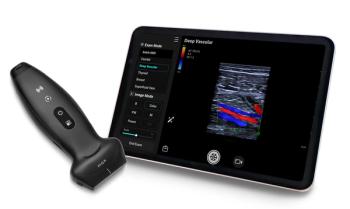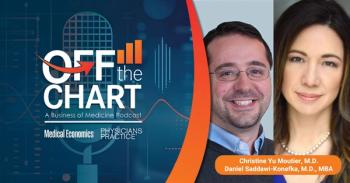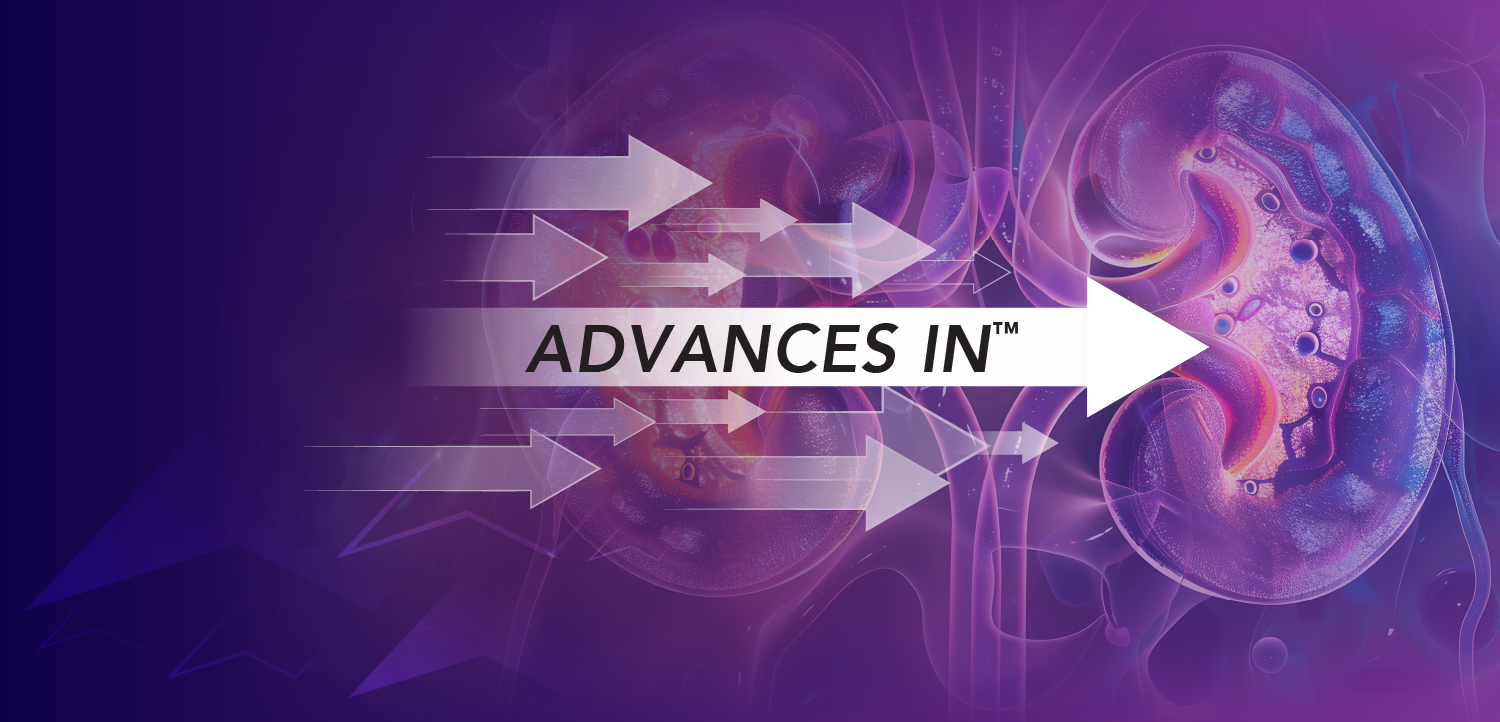
Safety starts with trust: Reassessing real-time location systems in health care
Key Takeaways
- Healthcare workers face significant risks from workplace violence, impacting clinical performance and patient outcomes.
- RTLS technology, initially for asset tracking, is now used for staff safety but raises privacy and trust concerns.
As workplace violence rises, health care facilities must shift from retrofitted tech to frontline-first safety solutions
In today’s health care environment, the
To improve safety, health care facilities have adopted a variety of tools. But the overall burden of workplace and community violence is far-reaching: A new report from the
One technology being evaluated as a solution to safety problems is the Real-Time Location System (RTLS). It is appealing to many organizations because of the familiarity of using the technology for asset tracking. However, as facilities begin to adopt RTLS as a safety tool, health care leaders should assess whether this technology is really the best path to increased safety — or whether it introduces new concerns around privacy, trust and frontline adoption.
Understanding RTLS and its impact as a safety solution in health care facilities
RTLS was originally developed to track equipment and assets in health care facilities in real time. Today, these systems have been adapted to include wearable duress buttons and employee-tracking capabilities. This allows health care organizations to track physicians, other clinicians and staff during an emergency. However, they are also tracked while going about their day-to-day responsibilities, when no threats are present.
In an industry impacted by staffing shortages and burnout, it’s essential that safety measures are seen as supportive, not intrusive. This is particularly important given that
While the intent may be to protect physicians and other clinicians, RTLS has raised concerns about privacy, autonomy and trust in the workplace.
- Privacy concerns: When physicians and other clinicians are aware they’re being tracked, it can feel more like surveillance than support. This can erode trust between health care workers and management, decrease morale and job satisfaction, and contribute to turnover. With a
predicted shortage of 100,000 health care workers by 2028, it’s critical to balance safety initiatives with transparent policies that respect employee privacy. - Low adoption and lack of effectiveness: Safety systems and protocols fail if they aren’t embraced by health care workers. Lack of buy-in is often rooted in poor communication, insufficient training, or the perception that the system is tracking activities more than offering frontline support. If physicians and other clinicians fear misuse, they may opt not to use the devices consistently or at all, which reduces effectiveness in emergencies and overall workplace safety improvements.
- Misalignment with intent: One of the most significant issues with RTLS is the lack of optimization for immediate response or ease of use during high-stress, real-time crisis situations. In critical moments, caregivers need tools that are fast, intuitive and reliable. Instead, RTLS can introduce delays in activating alerts, create confusion over system interfaces or miss opportunities to de-escalate situations quickly.
Health care facilities must prioritize safety without compromising trust
The future of workplace violence prevention must strike a balance between safety and privacy. Protecting physicians, nurses and other clinicians from violence requires more than retrofitting existing technologies. Solutions need to be purpose-built, empathy-driven and rooted in the realities of frontline care.
The ultimate goal for health care organizations should be to foster a culture where caregivers feel supported and safe in their daily work while also having the ability to respond quickly and effectively during emergencies. While RTLS should continue to play a role in hospital operations, adaptation as a safety solution should be pursued with caution. Frontline workers need intentional safety solutions built with their needs in mind.
Newsletter
Stay informed and empowered with Medical Economics enewsletter, delivering expert insights, financial strategies, practice management tips and technology trends — tailored for today’s physicians.


















